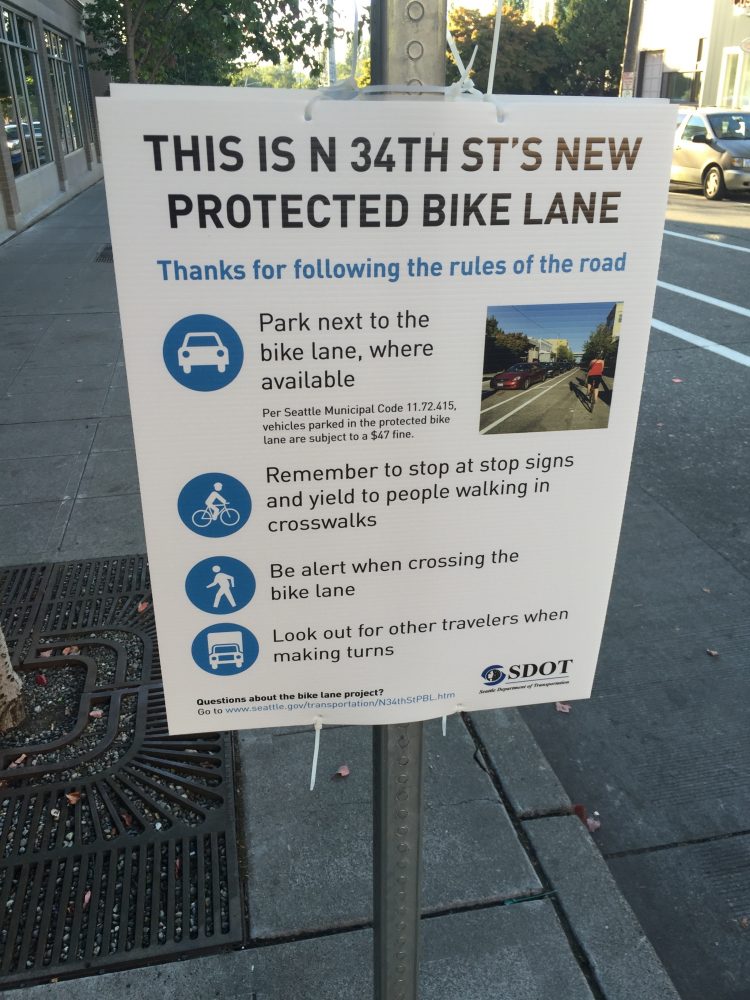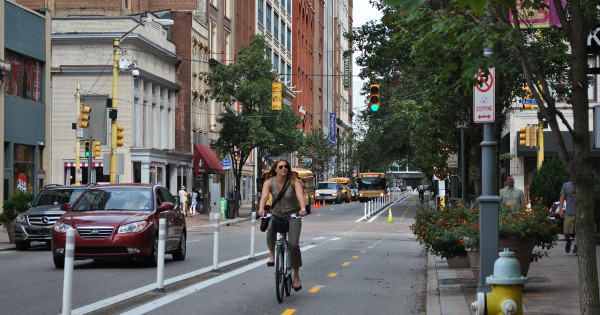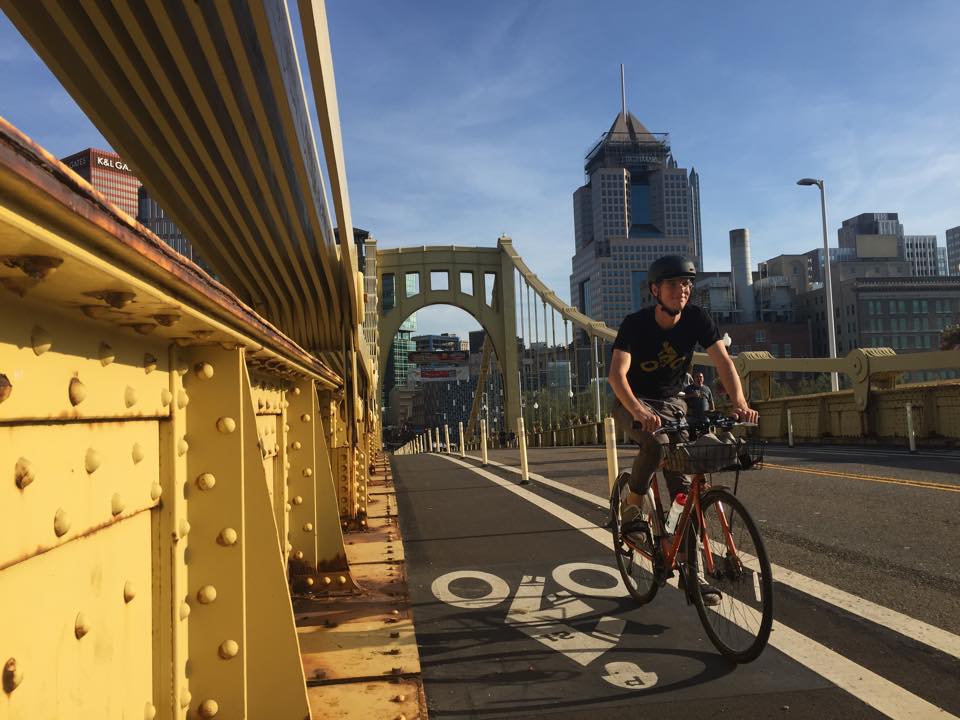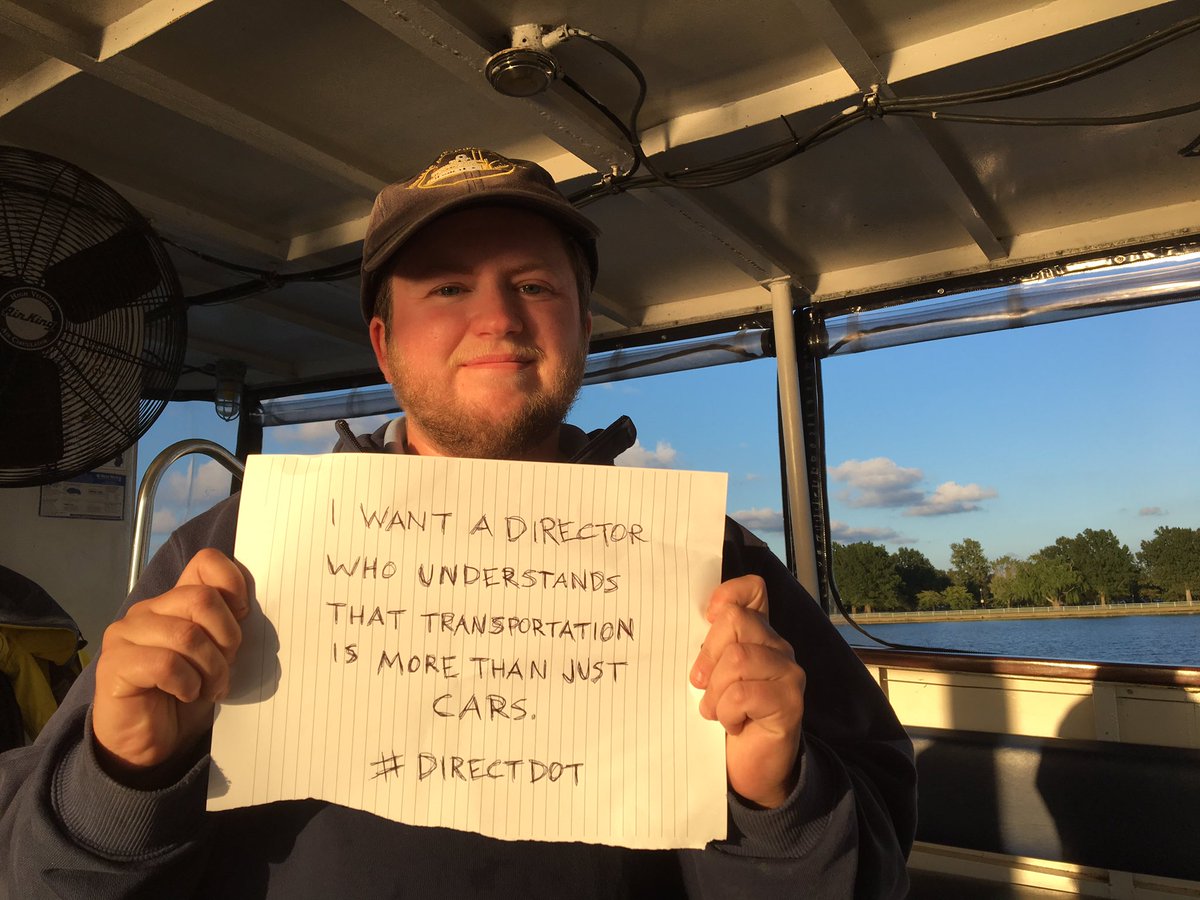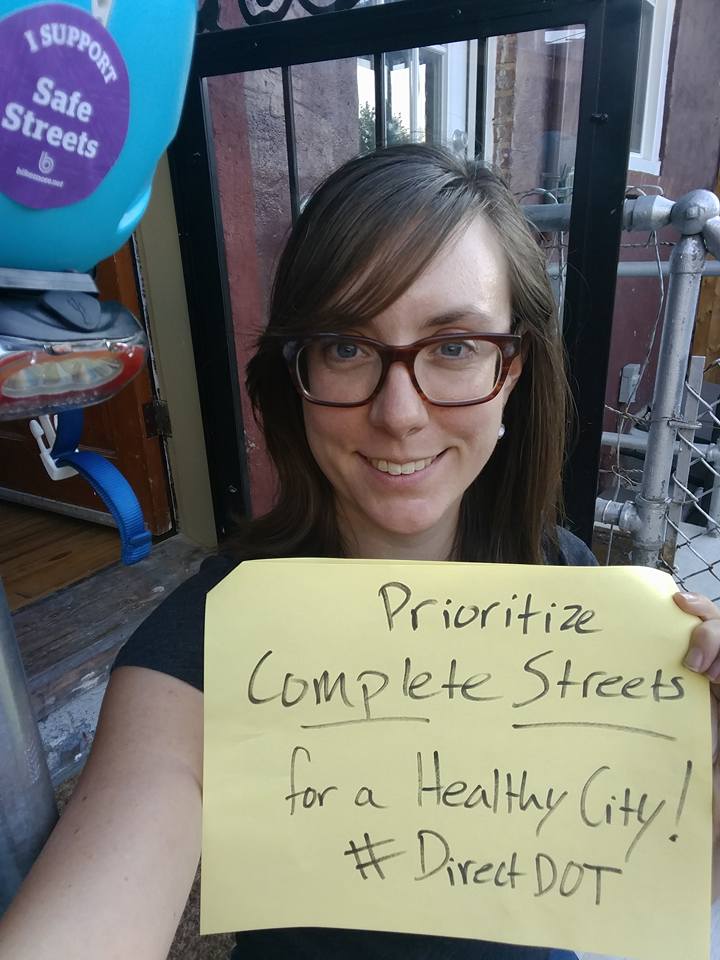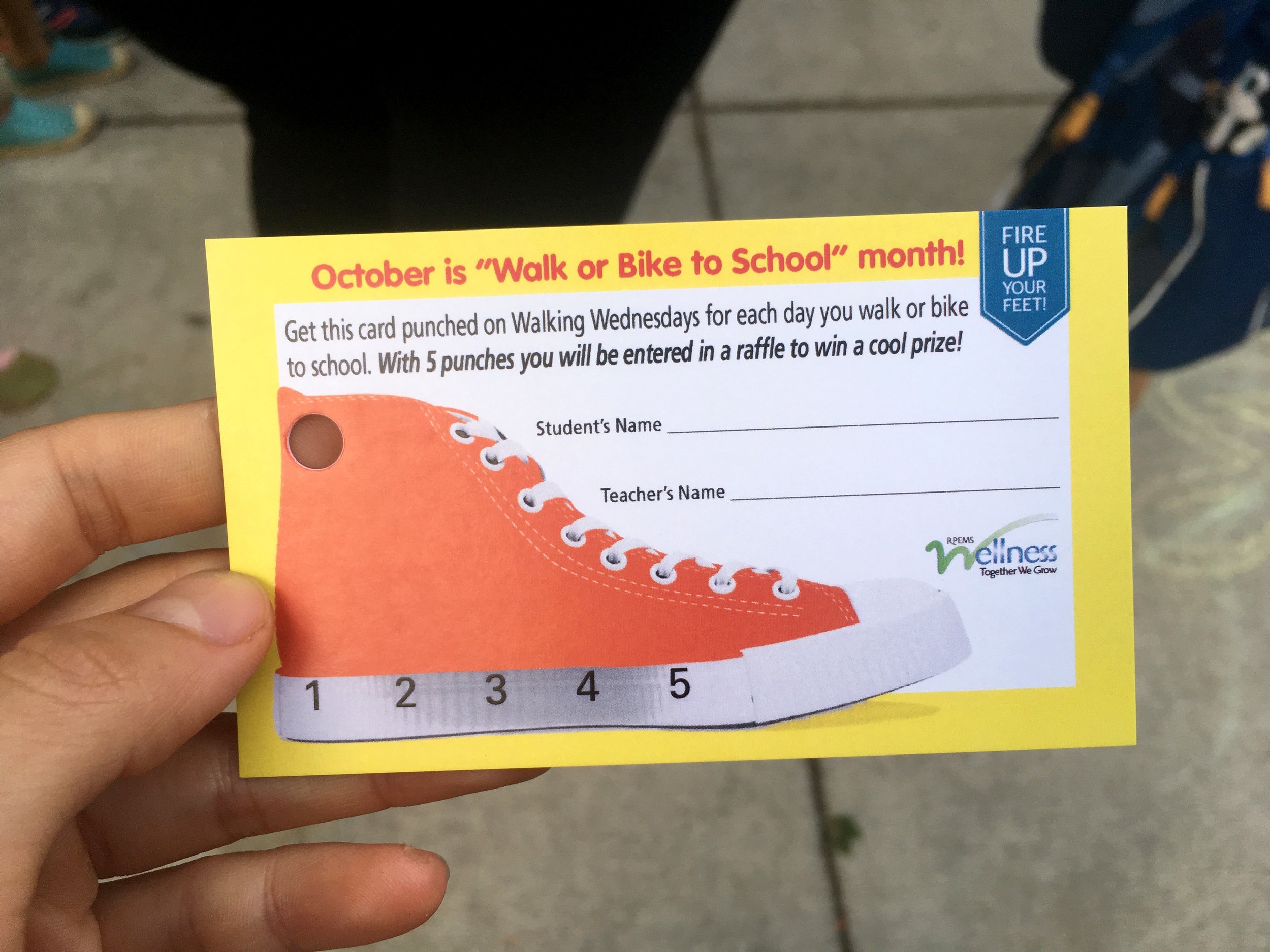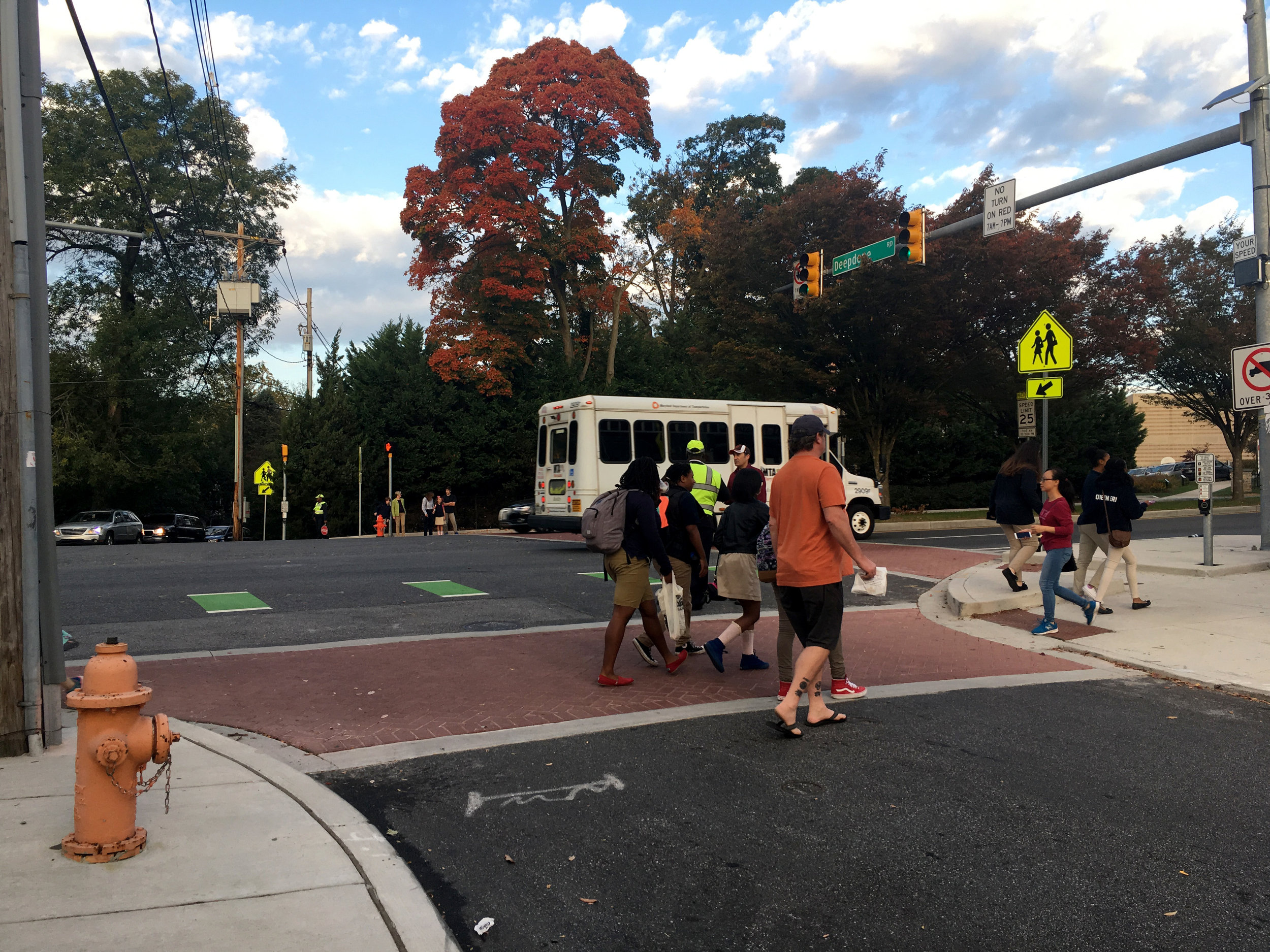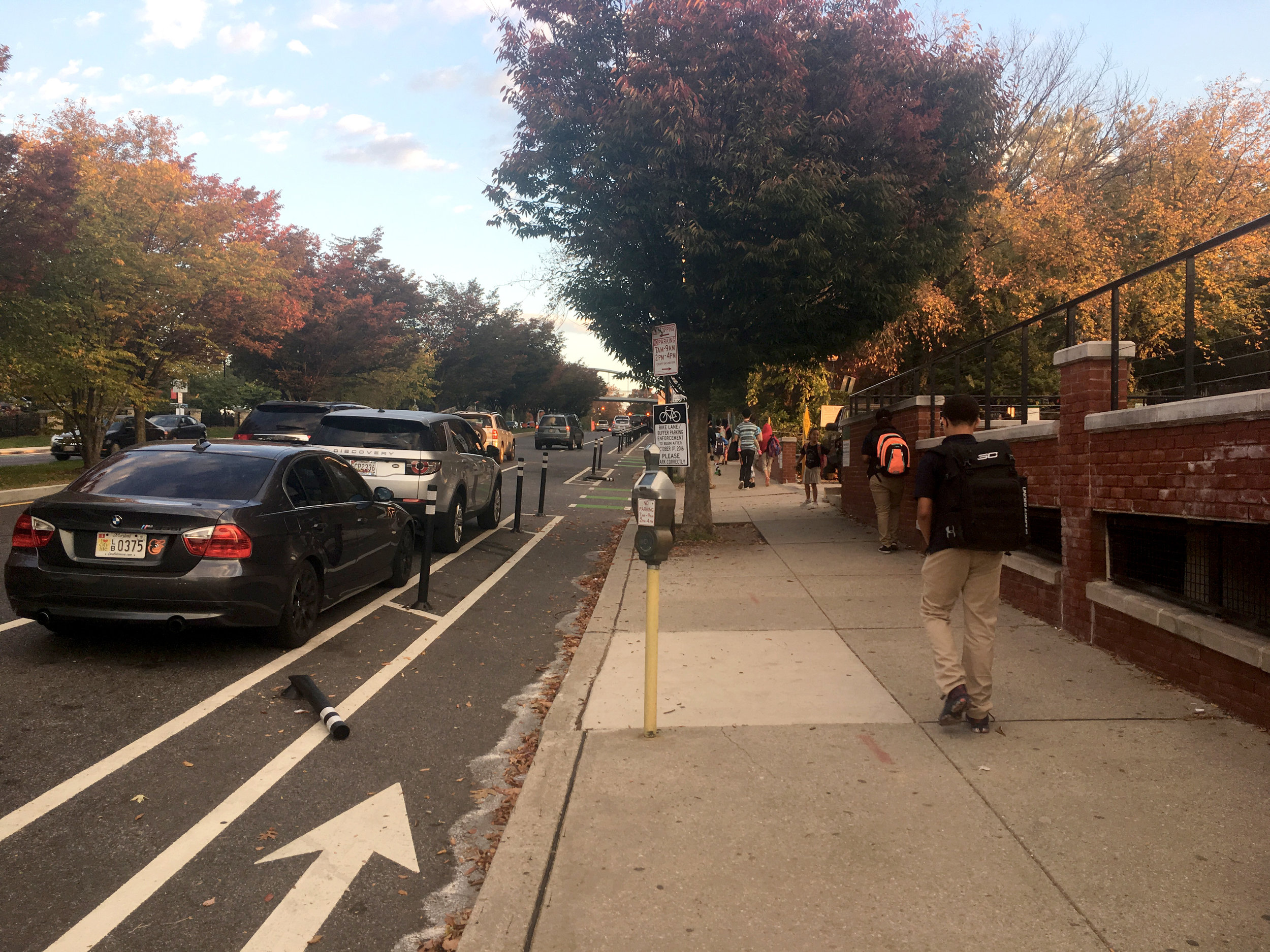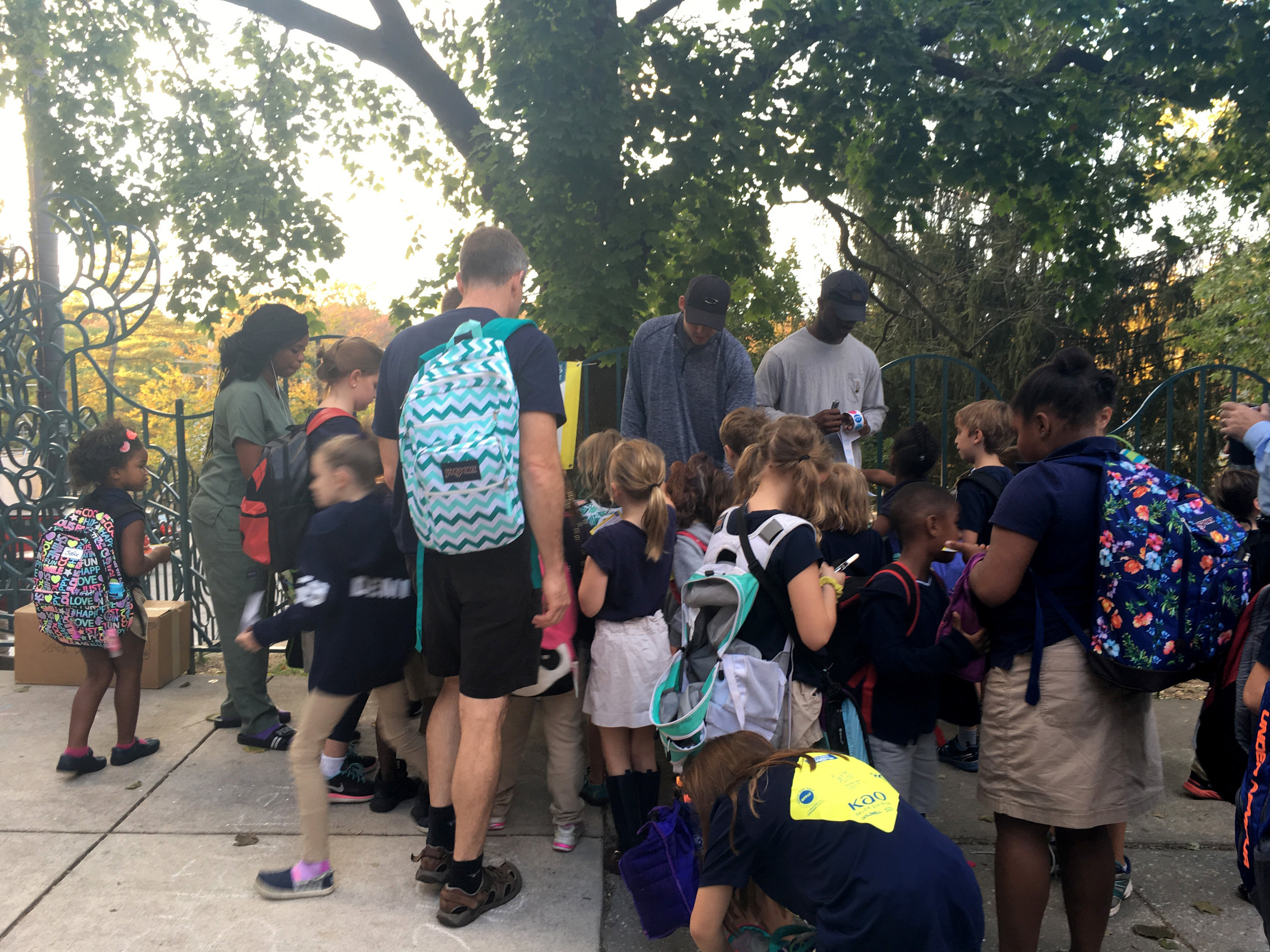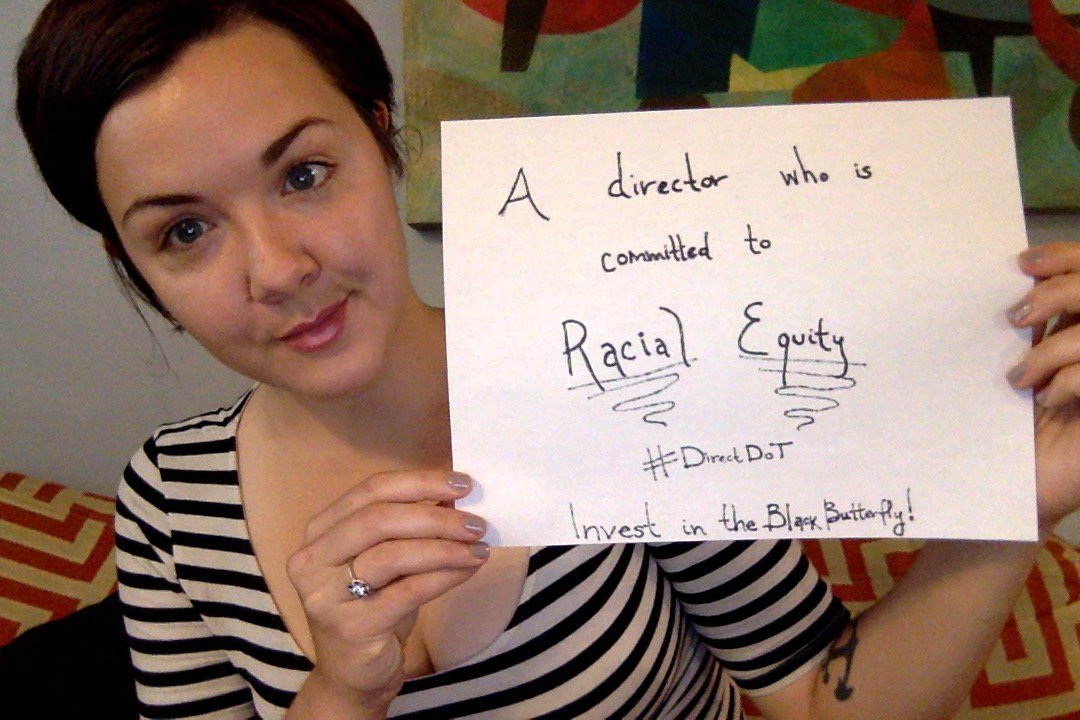The Snow Removal Policy conflicts with the existing Complete Streets Policy
After business hours this evening before a major snow event, BCDOT updated their policy on clearing snow from bike lanes, contradicting their own existing complete streets policy and putting the safety of people who ride bikes dead last.
In public meetings and in discussions with Bikemore prior to the issuance of this memo, BCDOT stated that standard snow removal equipment would be used to clear the Maryland Avenue cycle track at the same time the vehicular travel lanes would be cleared, and that specialty equipment was on call to remove snow in narrower protected facilities like Roland Avenue and the Jones Falls Trail. BCDOT's previous commitment was to have all protected bicycle facilities cleared within 24 hours of final snow fall.
The new policy gives BCDOT broad leeway, stating that protected lanes may not be cleared for up to 48 hours after the last vehicular travel lane in the city is plowed.
Sidewalks, bike facilities, and bus stops on major roads should be cleared ahead of lower traffic roads. Making transit and bike travel safe and accessible can cut down on dangerous car travel while maintaining access to jobs and critical healthcare for those who do not have access to a car.
Many other cities prioritize snow removal on sidewalks, bus stops, and in bicycle and transit lanes because they recognize safety of vulnerable road users must come before convenience of private automobile use.
Toronto begins multiple round mechanical sidewalk clearing in high volume pedestrian areas after 3 inches of snow has fallen. The city commits to complete plowing of all priority bike lanes and cycle tacks on arterial roads within 6-8 hours, and full snow removal to bare pavement within 48-72 hours.
This last minute policy change is yet another example of BCDOT's Director prioritizing the movement of cars over the safety and movement of people. It's why we launched our #DirectDOT campaign to call for new leadership, and why we're working hard to pass a progressive Complete Streets Ordinance.













